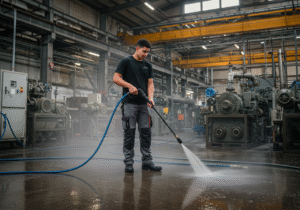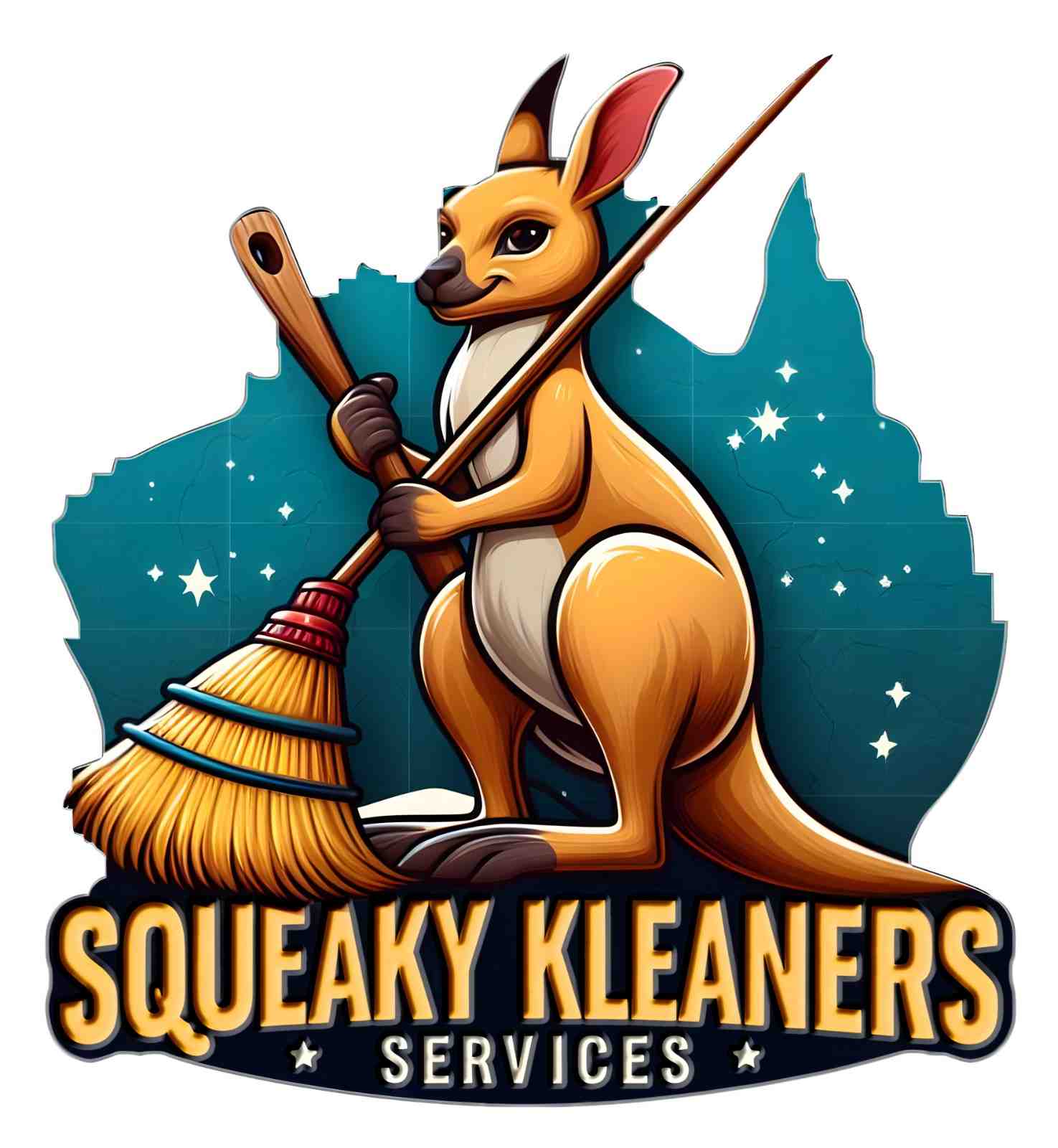Let’s Be Brutally Honest About Factory Cleaning Practices…

Most facilities treat cleaning like an afterthought – something you squeeze in between production runs, delegate to the newest hires, or panic about right before audits, using whatever chemicals happen to be in the supply closet and whatever equipment hasn’t broken down yet, until suddenly you’re staring down six-figure FDA fines for allergen cross-contamination, your precision machinery starts failing at the worst possible moments, and your “clean” facility somehow keeps failing environmental health inspections.
Here’s the kicker: 90% of manufacturers are leaving money on the table by treating factory cleaning as a cost center rather than a strategic advantage, which is like trying to win a Formula 1 race while ignoring your pit crew.
Why Industrial Cleaning Is Your Secret Weapon for Operational Excellence
After implementing cleaning systems in 83 factories across every continent except Antarctica (though I’ve consulted for a research station there), I can tell you with absolute certainty: World-class cleaning practices deliver measurable ROI across your entire operation:
The Hidden Costs of Poor Factory Cleaning
-
Product Quality Issues
-
Particulate contamination causing rejects (average 5-15% of production)
-
Microbial growth triggering spoilage
-
Cross-contamination between product runs
-
-
Equipment Reliability Problems
-
Buildup causing 37% more breakdowns (Journal of Manufacturing Systems 2024)
-
Corrosion from improper chemical use
-
Premature wear from abrasive cleaning methods
-
-
Regulatory & Safety Risks
-
OSHA violations averaging $15,000 per incident
-
FDA/EPA compliance failures
-
-
Operational Inefficiencies
-
20-40% longer changeover times
-
Energy waste from dirty HVAC and motors
-
Labor wasted on reactive cleaning vs. scheduled maintenance
-
The 7 Pillars of Modern Factory Cleaning Excellence
1. Zone-Based Cleaning Protocols
Instead of blanket approaches, smart factories now divide facilities into:
-
Red Zones (Daily deep clean – food contact surfaces, sensitive equipment)
-
Yellow Zones (Weekly thorough clean – production floors, storage areas)
-
Green Zones (Monthly maintenance clean – overhead spaces, exteriors)
2. Scientific Cleaning Validation
Gone are the days of “looks clean” assessments. Progressive plants now use:
-
ATP swab testing for biological residues
-
Particle counters for airborne contaminants
-
UV markers to verify cleaning coverage
We implemented this at a Sydney pharmaceutical plant and reduced cleaning time by 35% while improving compliance scores.
3. Equipment-Specific Cleaning Procedures
Every machine needs its own cleaning SOP accounting for:
-
Material compatibility (aluminum vs. stainless steel)
-
Electrical component protection
-
Lubrication points preservation
Lesson Learned: The hard way when $250,000 CNC mill was damaged by improper cleaning.
4. Chemical Management Systems
Top performers have moved beyond “whatever’s on sale” to:
-
Centralized dilution control stations
-
Color-coded chemical distribution
-
Digital tracking of usage and SDS
5. Workforce Engagement Strategies
Because no system works without buy-in:
-
Cleaning responsibility in job descriptions
-
Visual management of cleaning standards
-
Gamified performance tracking
6. Integrated Cleaning Technology
2024’s game-changers include:
-
Autonomous mobile robots (AMRs) for floor cleaning
-
Dry ice blasting for delicate equipment
7. Continuous Improvement Processes
Best-in-class programs feature:
-
Monthly cleaning Kaizen events
-
Cross-functional cleaning audits
-
Benchmarking against industry standards
The Sydney Success Story: How One Plant Transformed Operations
Let me tell you about “Precision Components Co.” (actual name withheld) – a Sydney-based auto parts manufacturer struggling with:
✓ 14% defect rate
✓ Weekly equipment failures
✓ Constant audit stress
After implementing our Full-Spectrum Cleaning System™:
Within 3 Months:
-
Defects dropped to 2.3%
-
Equipment uptime increased 27%
-
Passed ISO audit with zero non-conformances
Within 6 Months:
-
Reduced cleaning labor costs by 18%
-
Cut changeover time by 41%
-
Won major new client citing “impeccable facility”
The Secret Sauce? They treated cleaning as a core manufacturing process rather than a janitorial afterthought(Factory Cleaning Secrets).
Implementing Your Factory Cleaning Revolution
Phase 1: Assessment & Planning
-
Conduct a contamination mapping exercise
-
Audit current cleaning practices
-
Identify quick wins and long-term goals
Phase 2: Process Design
-
Develop zone-specific protocols
-
Select appropriate technologies
-
Design training programs
Phase 3: Implementation
-
Pilot in one production area
-
Refine based on results
-
Scale across facility
Phase 4: Continuous Improvement
-
Establish performance metrics
-
Schedule regular reviews
-
Stay updated on new technologies
The Future of Factory Cleaning (2025 and Beyond)
-
AI-powered cleaning optimization
-
Self-cleaning surface coatings
-
Biodegradable nanotech cleaners
-
Augmented reality training systems

